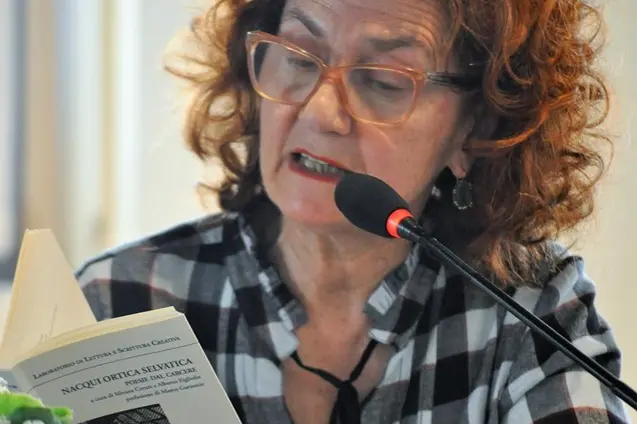A Via Crucis in which we can all be protagonists
Silvana Ceruti presents an original look on the Passion and Resurrection of Jesus
Per restare aggiornato entra nel nostro canale Whatsapp
Between the sixteenth and seventeenth centuries, in Northern Italy, and in particular along a large part of the Alps - regions where it was easier for populations to come into contact with the expansion of Protestantism - numerous Sacred mountains were built, pilgrimage destinations popular. The Sacro Monte, the sanctuary located at the top of the summit, was reached (and is reached, since they still exist) after having traveled a road where there were votive chapels that recalled, with statues of great emotional effect, the episodes of the Passion of Jesus Christ .
The Sacred Mountains represented an ideal path thanks to which the faithful could relive the events prior to Easter. They could identify with the protagonists of the Via Crucis and concretely approached the great mystery of the Christian faith: the death and resurrection of Jesus.
It is basically the same path - in this case literary, poetic and spiritual - that is proposed to us by the latest book by Silvana Ceruti "Their gaze" (La Vita Felice, 2022, pp. 128) in which the author traces the Passion and the Resurrection of Christ through the eyes and words of some of the protagonists of those fundamental events.
Naturally, Jesus' disciples act as narrators - especially Peter, John, Thomas and Judas Iscariot - Mary, the Magdalene and Christ himself while he is recollecting in the garden of Gethsemane, shortly before being arrested. To speak to us, however, are mainly less relevant or completely unknown characters such as a young man present by chance or a servant or Pilate's wife. Characters who seem to want to remind us how the events of more than two thousand years ago affect everyone and in some way question the believer and even those who do not recognize themselves in faith in Christ.
As in a sacred representation or in a tragedy of classical Greece, Silvana Ceruti unravels a painfully human story in which violence, pain, betrayal and injustice are intertwined with courage, will and hope. It offers the reader the opportunity to go all the way up a personal ascent to the Sacro Monte, to then go beyond… to the empty tomb and to Christ who overcomes death and restores life to all those who had considered him conquered on the cross. The gaze of the disciples after the Resurrection returns the most concrete and profound meaning of Easter: to be a passage that every human being is called to make, through pain and defeat to reach something more important. Something that for the believer is God.
Thus an ideal of faith emerges as something very concrete, a journey, a move towards something, a pursuit that takes place in that Easter which is everyday life. Then comes to mind a verse of the American poet Emily Dickinson: "Whoever has not found the sky down here, will also miss it up there".
